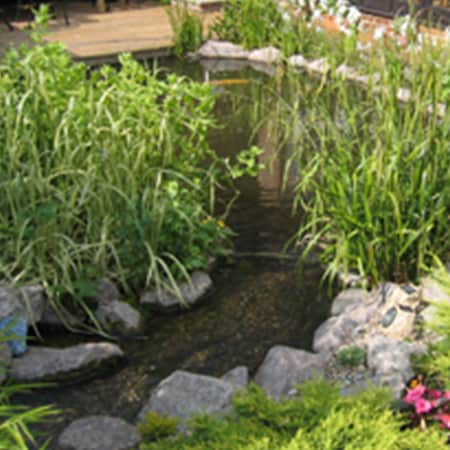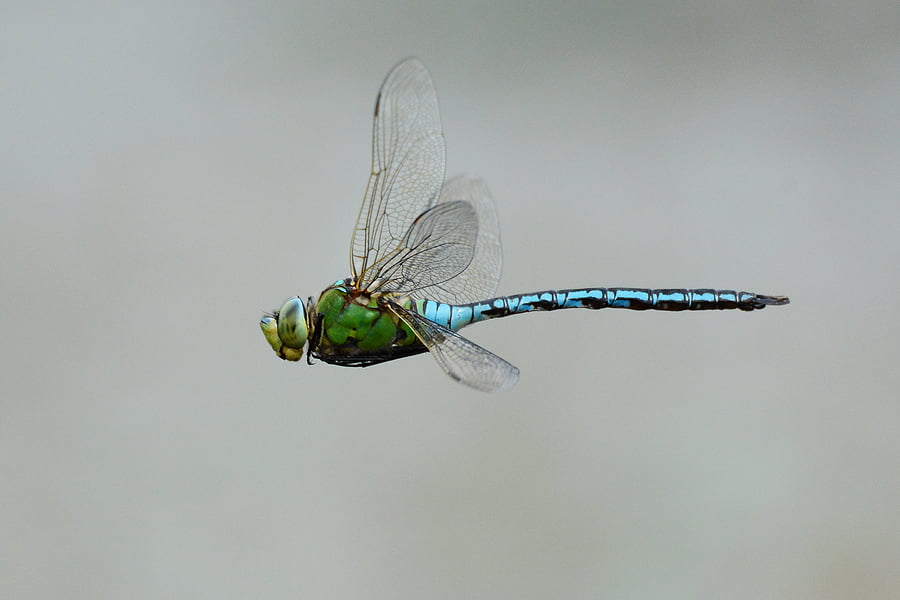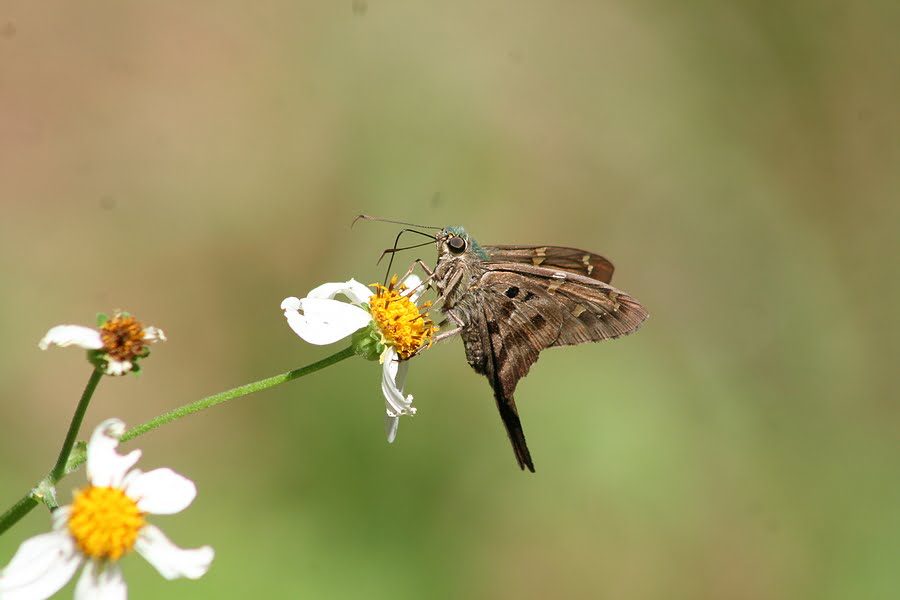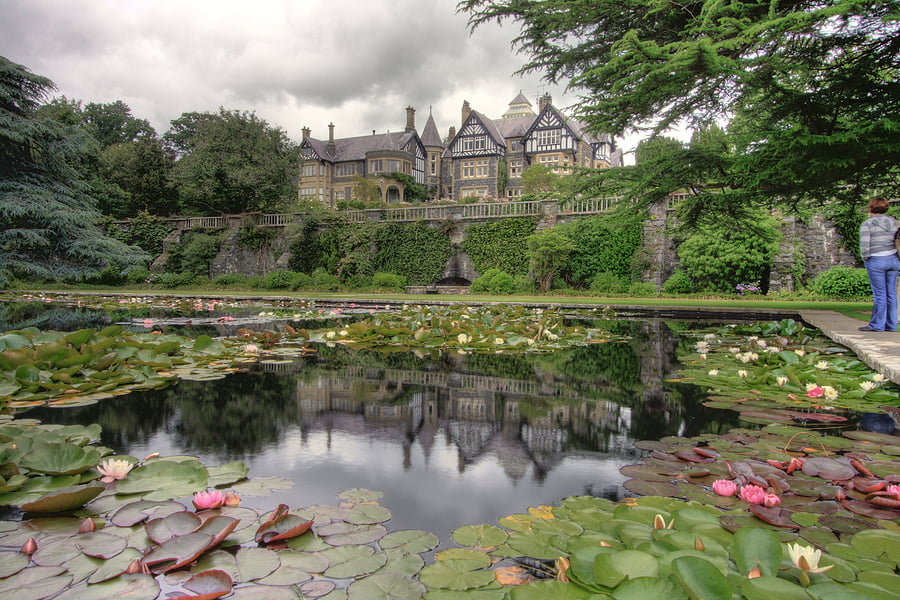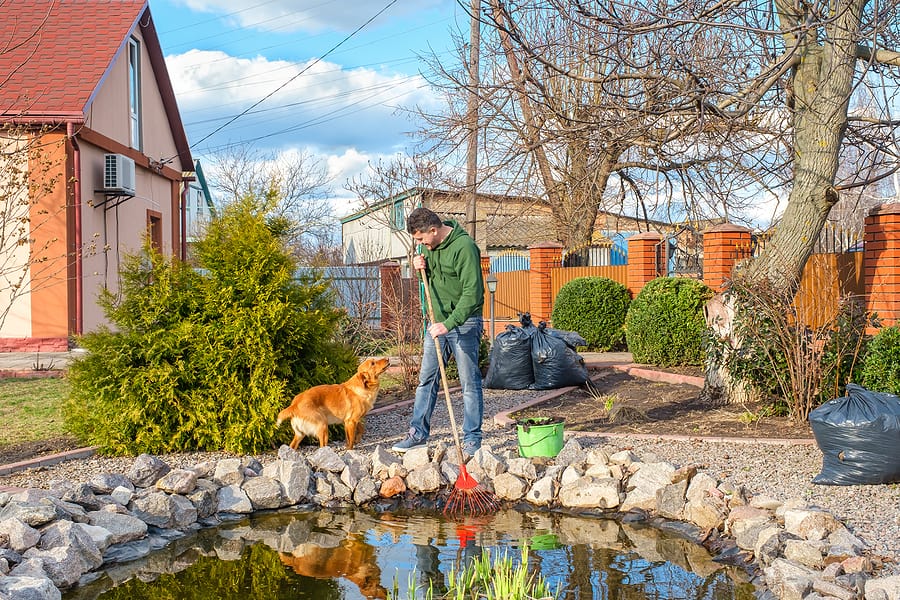
Top Tips For Maintaining Your Garden Pond
21st September 2021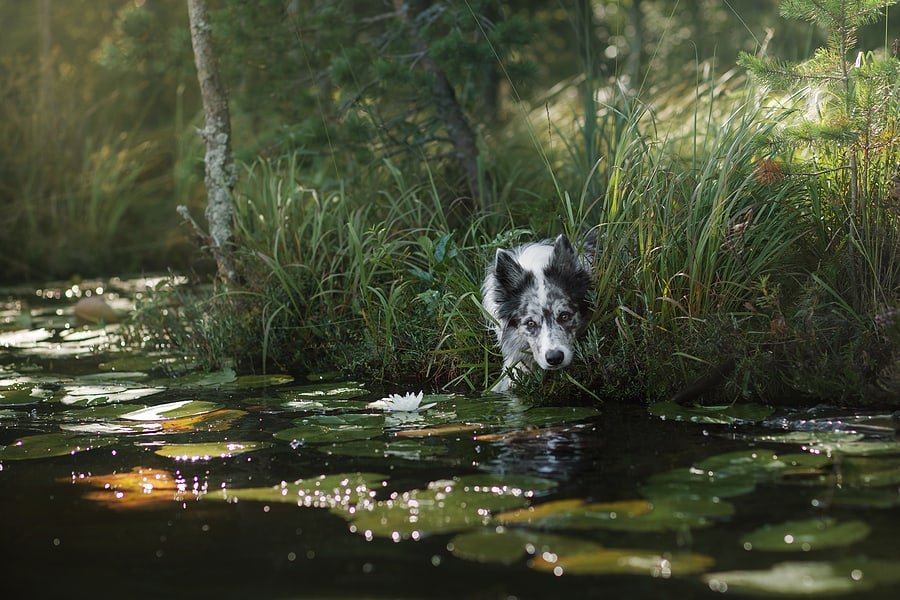
How To Keep Your Dog Safe In The Garden
22nd September 2021Few garden projects are as unique or as rewarding as building your own pond as it involves creating your own beautiful and unique ecosystem filled with water lilies, fish, frogs and other pond life.
However, when building a pond by yourself there are quite a few elements that can go wrong, from location to depth, to the diversity of pond life, that can be frustrating and expensive to fix.
Here are some of the most common mistakes made when building your own pond.
Choosing The Wrong Location
The first and most critical question you must ask yourself when planning your pond is where you intend to place it in your garden.
A poor location is one that is either too far away from the rest of the garden to be regularly maintained and enjoyed, too low so that water can collect and pollute the pond water, or with too little shade that it becomes inhospitable in the midday summer sun.
Too Steep or Too Shallow
If you are undertaking every part of the pond-building process yourself, it is tempting to stick to a shallow pond as it is easier to dig.
However, a shallow pond will heat up very quickly, with a combination of not a lot of water and a wide surface area to catch solar rays. Fish do not tolerate warmer water temperatures very well, and water above 30 degrees Celcius can have catastrophic consequences for fish.
On the other hand, creating overly steep edges can cause issues for frogs and birds, as well as any attempts to set up pond-side plants.
Not Preparing The Pond Water
A pond is a natural ecosystem made up of various types of bacteria, algae and plant life. This particular ecosystem builds up over the course of several weeks and putting fish in too early runs the risk of killing them.
You can use tap water, but make sure to leave the water to sit a few days to ensure the chlorine in the water dissipates, or use a de-chlorinator to get rid of it sooner.
As well as this, make sure to test the water pH, nitrates, ammonia and nitrites to ensure they are in a healthy range to allow your fish to thrive.
Underestimating Maintenance
Keeping a pond healthy and habitable takes a lot of work, as you need to remove pond scum, debris and other muck that builds up in the pond, using either a pond skimmer or a long net.
As well as this, if you live in an area with freezing winter temperatures, be sure that your water pump and filter will not freeze, or drain the water out of the pipes to avoid cracking them before the season is out.
Whilst there are many different pond sizes, if your pond is smaller than most, it will take more time to maintain, as plants and fish can outgrow a smaller pond far quicker than you may realise.
Maintaining a tiny pond involves closely monitoring numbers and removing fish if they start to form an unruly crowd.


